These most venomous snakes in the world are not only downright dangerous; they are life-threatening and strike fear to even veterans animal handlers. When you get down to the facts, these venomous snakes have a bite that’s no laughing matter and demands our respect. Although the chances of running into or onto (be careful of each step!) these snakes are slim, staying informed of each snake’s region will lower your chances of an encounter. We’ve ranked the most venomous snakes globally by how deadly each is and where to find them.
Table of Contents
But First, Some Snake Bite Statistics
- Each year, an estimated 5.4 million people are bitten by snakes world-wide
- About 109,500 people die because of snake bites
- Most of these attacks happen in tropical regions in Africa, Asia, and Latin America
- 55% of snakebites will occur to males ages 17 to 27
- 85% of snakebites take place to the fingers and hands
- 13% of snakebites happen on the feet and legs, rarely above the ankle
Types of Venomous Snakes
Venomous snakes come in different versions. That is because such venomousness can have different approaches. They depend on the lethality, speed of action, amount of venom, grade of toxicity, or antidots’antidots’ response. Also, its pharmacological effects can be classified into three different types as follows:
- Hemotoxic
- Neurotoxic
- Cytotoxic
Currently, there are about 600 species of snakes in the world considered venomous. Below is a list of the top ten most venomous snakes researched until now.
10. Russell’s Viper

This snake is native to the Indian Sub-continent. It moves slowly but becomes very fast and aggressive when attacked. The amount of venom they release depends upon the size and age of the snake. An adult Viper could release up to 268 mg per bite, depending on its size. On the other hand, juvenile snakes could reach an average of 45 mg.
Symptoms may include bleeding in the urine or the gums. Also, necrosis that varies from one case to another. The venom is not always fatal, but those who survive to experience severe secondary effects.
9. Forest Cobra

The Forest Cobra is native to Africa, and its length can reach up to 10 feet. It has a reputation of being very dangerous due to its natural behavior that is nervous and alert. When it bites, it delivers venom of extreme toxicity that requests immediate attention.
Each bite can release between 571 mg and 1,192 mg, which is a lot for these types of snakes. Although the venom is very toxic and acts fast, victims usually survive if they receive the antidot on time. But if they don’t receive proper care, they indeed die.
8. Black Mamba

It is an African species and is the most devastating creature on the entire continent. Although it only attacks when cornered, when it does it, its level of aggressiveness and toxicity of the venom makes it one of the most dangerous. It tends to bite several times when it attacks.
The venom’s symptoms are very tricky because it doesn’t contain protease enzymes and symptoms are hard to recognize. However, the venom is mostly neurotoxic, and after just 10 minutes, severe symptoms appear. When not treated, death occurs in about 7-15 hours which makes it an extremally deadly snake. Some reports show that some people have died in just 45 minutes after a bite. Each bite can deliver 120mg of venom and may reach about 400mg/max.
7. Black Tiger Snake
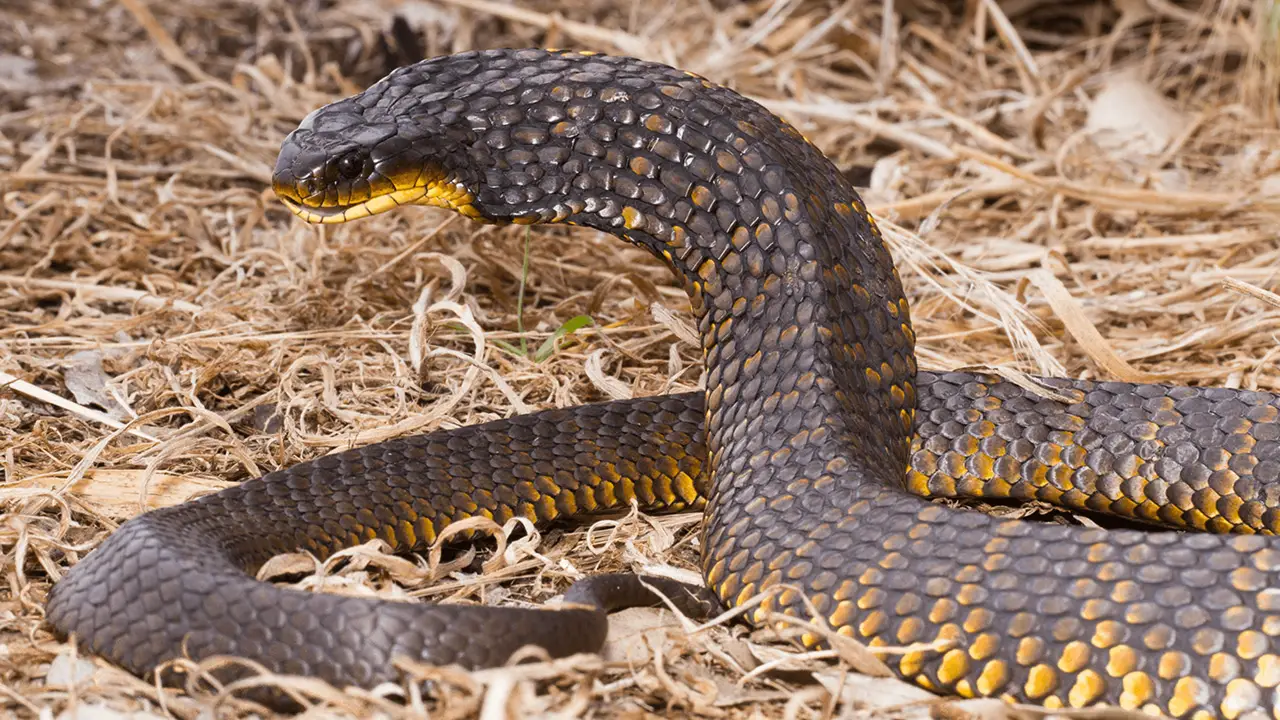
Black Tiger Snake’s primary habitat is in Australia’s Southern areas, including coastal zones like Tasmania. It is also part of a wider group of Tiger snakes found in many regions of Australia.
This snake is part of the Cobra family, and you can see its relationship with it when it attacks. It adopts a similar appearance to the Cobra with a flat head and neck and a straight attacking position. Its patterns of attack occur when it tries to defend from aggressors and results very aggressive.
Its venom contains nerve paralyzing agents and blood-clotting substances that can result in fatal for humans. However, the mortality rate is only about 60% when bites are untreated.
6. Many-banded Krait
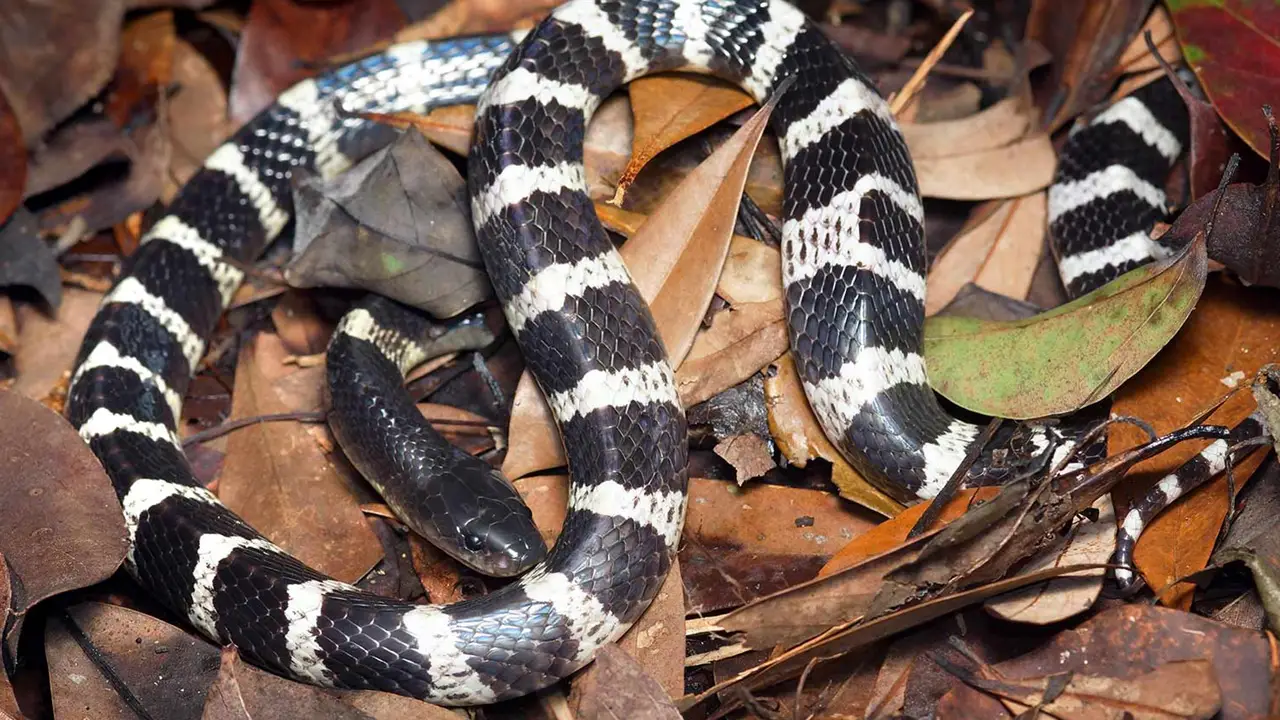
The Many-banded Krait lives in China and Southeast Asia. That is why many people call it Taiwanese Krait or Chinese Krait. Two types of neurotoxins mostly form its venom. Although its venom is considered highly toxic, the mortality rate is lower than many of its counterparts.
There is no scientific consensus about mortality, but some studies indicate it as low as 35%. Others suggest it reaches up to 70%. In any case, the initial symptoms start with light swelling and pain.
After a few hours, the victim starts experiencing more severe symptoms. They may include diplopia, loss of voice, tunnel vision, difficulty breathing with pain in the chest. When the symptoms escalate, a complete suppression of breathing occurs, and people may die.
5. Caspian Cobra
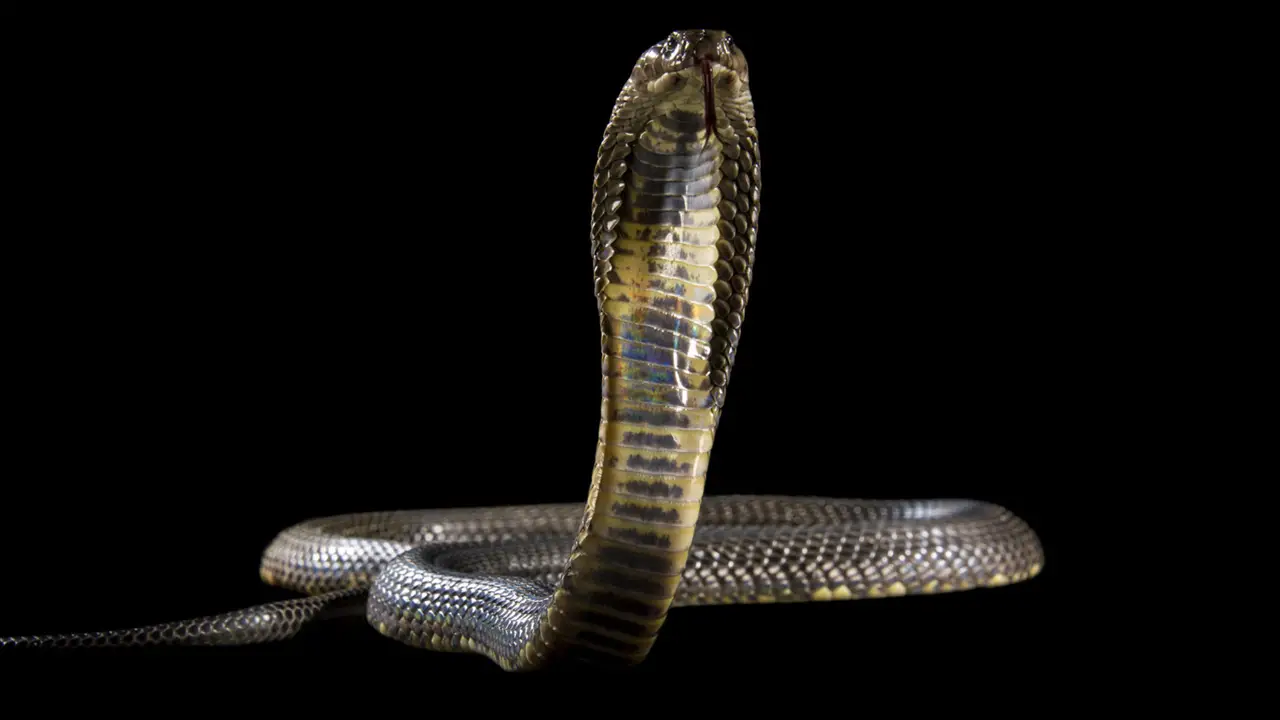
The Caspian Cobra is the most venomous snake of the cobra family. It is found mostly in Central Asia, and when it bites, it can release up to 590 mg of venom. Studies show that it has the lowest lethal dosage of all snakes.
After it bites, death can occur in less than one hour, and symptoms include respiratory failure, drowsiness, vomiting, nausea, and similar.
The effects of the bite start with cell death, and the venom contains both neurotoxins and cytotoxin. It is bad-tempered and can aggravate easily. Due to that, it is better to stay away from it.
4. Coastal Taipan
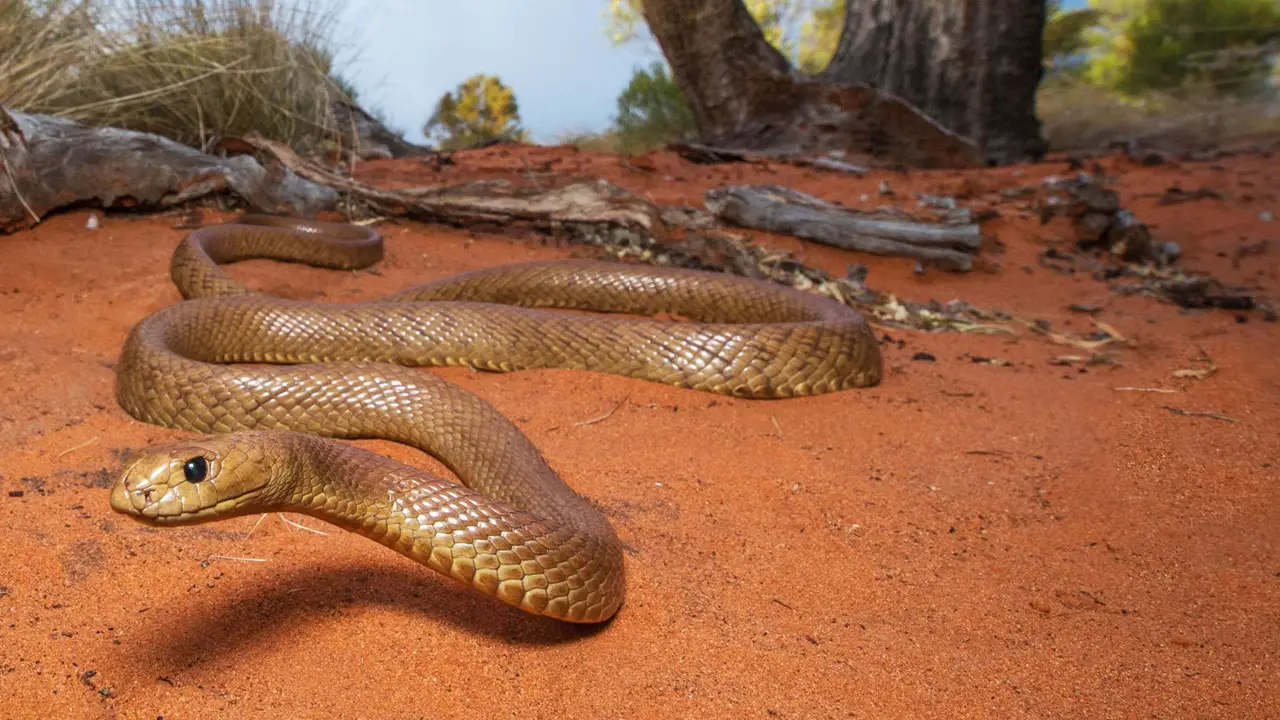
It is a snake found in Australia and the Island of New Guinea. Despite its name, it is also possible to find it far away from the coast or the beach. Every bite can contain up to 400 mg of venom, but the average is 120 mg. All bites are fatal, and each bite’s venom may include enough to kill about 12 men. If the victim doesn’t receive the antidote, it is not possible to survive. So, the deadly rate is 100%. However, it is not aggressive and only attacks if it is cornered or attacked.
3. Dubois’ Sea Snake
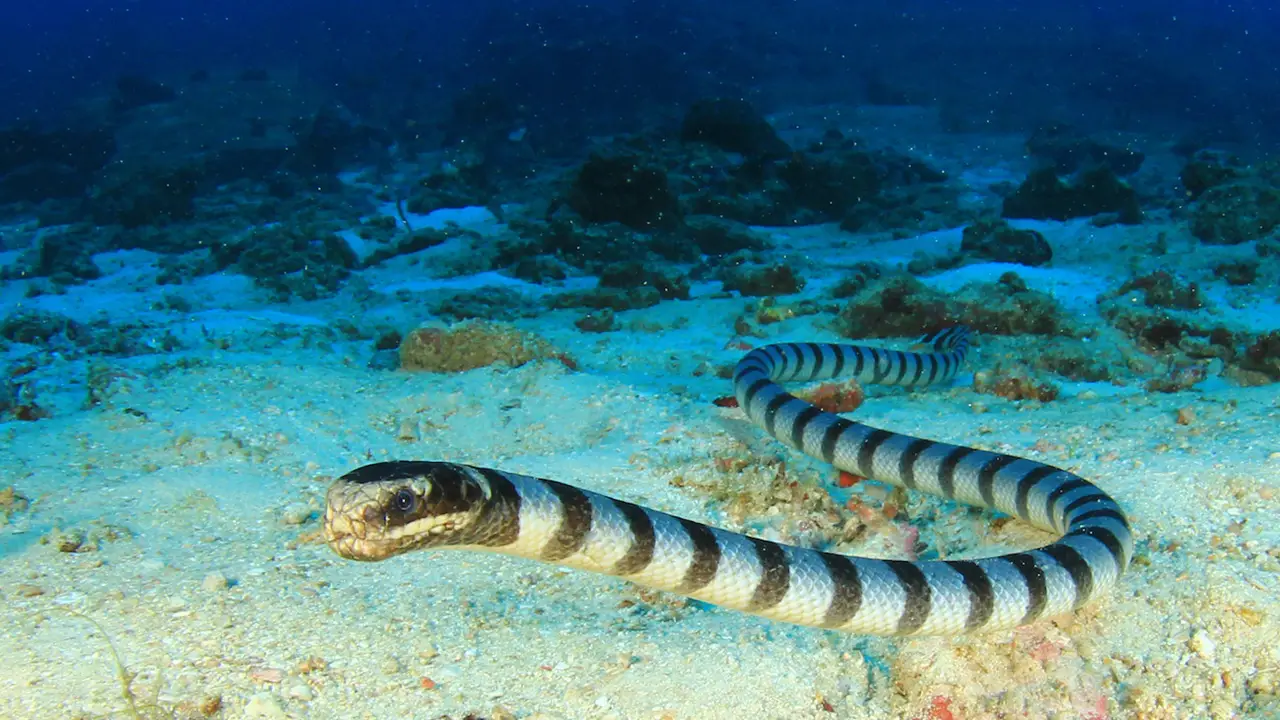
Also known as Aipysurus Dubois or the reef shallows sea snake, this species can reach only about 4.86 feet and is found mostly in coastal areas of Australia and the Indian Ocean. It can also be found in Papua, New Guinea, and New Caledonia. Despite being small, its venom places it among one of the most dangerous species. It is the most venomous sea snake tested until now.
Its bite can be unnoticed, and because of it, people can wait too long to get medical attention. If the antidot is not administered, it is always fatal. Each fatal bite is equivalent to what would be administered into mice’s body weight of 0.044 mg/kg.
2. Eastern Brown Snake

Also known as Common Brown Snake, the geographic origin is also Australia in the eastern and central parts. For this species, the size can reach up to 2 m (7 ft.) long. The importance of the size is because the amount of venom they produce depends on the size.
Other factors that affect the amount of venom include the snake’s origin. Those from Eastern Australia are bigger and produce triple dosages. For the longest snakes, the amount of venom may reach 11mg per bite/milking, and for the smallest ones, the toxin reaches only 3 mg per bite/milking.
The venom from the Eastern Brown Snake contains coagulation factors and neurotoxins, resulting in dizziness, convulsions, renal failure, cardiac arrest, paralysis, and uncontrollable bleeding.
1. Inland Taipan

This species lives in east-central Australia, specifically in semi-arid regions. It’s hard to find in areas where it lives, and its attitude is shy and avoids contact with humans. It is hard to believe how deadly it is because it is only 100 mg/max per bite by comparing the venom it releases.
Other deadly snakes can release more than 800 mg/max per bite. Despite this contrast, the venom is so potent that it can kill up to 100 men with just one bite. Its deadly poison is what puts it at the top of the list.
A bite’s effects start with pain, followed by general symptoms of discomfort such as vomiting, dizziness, or headache. Higher toxicity signs appear with coagulopathy that reveals problems to speak or move specific parts of the body. People can die in just 30 minutes, but they usually do it in about 2 hours if they do not receive the antidote.
Final Words
The toxicity and effects of venomous snakes vary according to many approaches. Without a doubt, venomous snakes deserve all the attention of international organizations. The risks and consequences of just one bite can destroy many people’s lives. What do you think about the most venomous snakes in the world? Have you had any experiences with these snakes?

what the-nvm